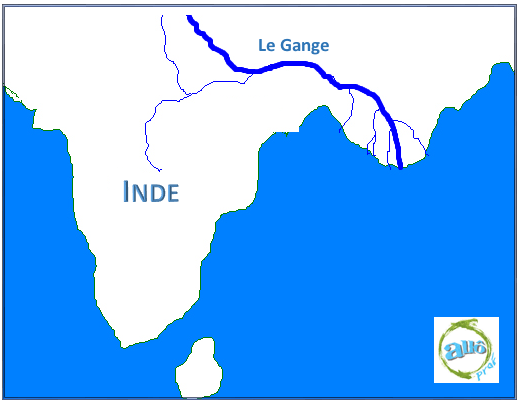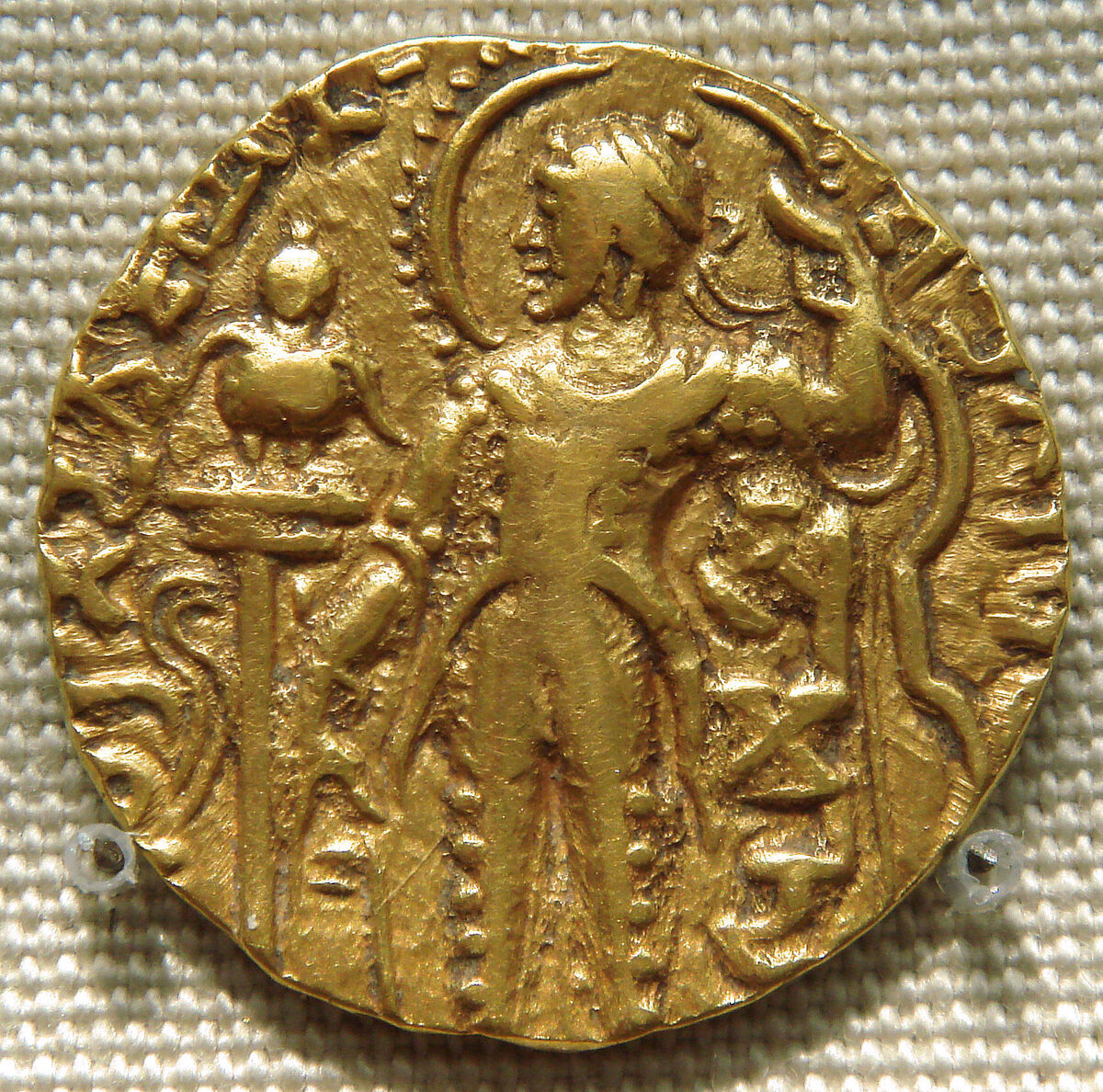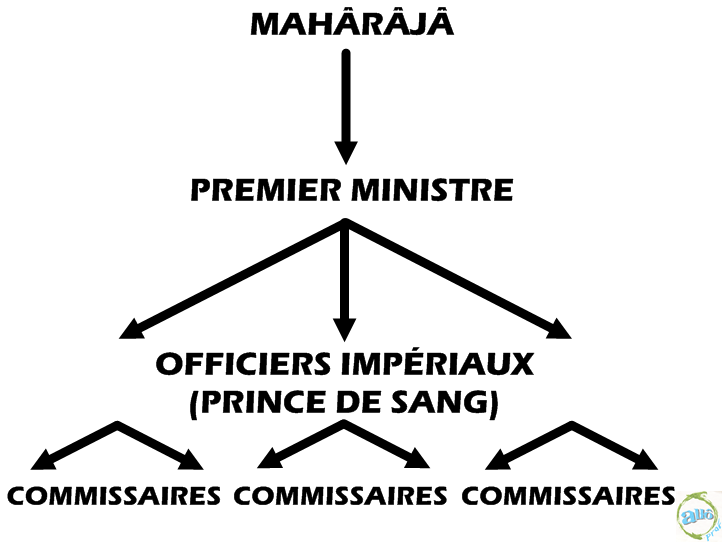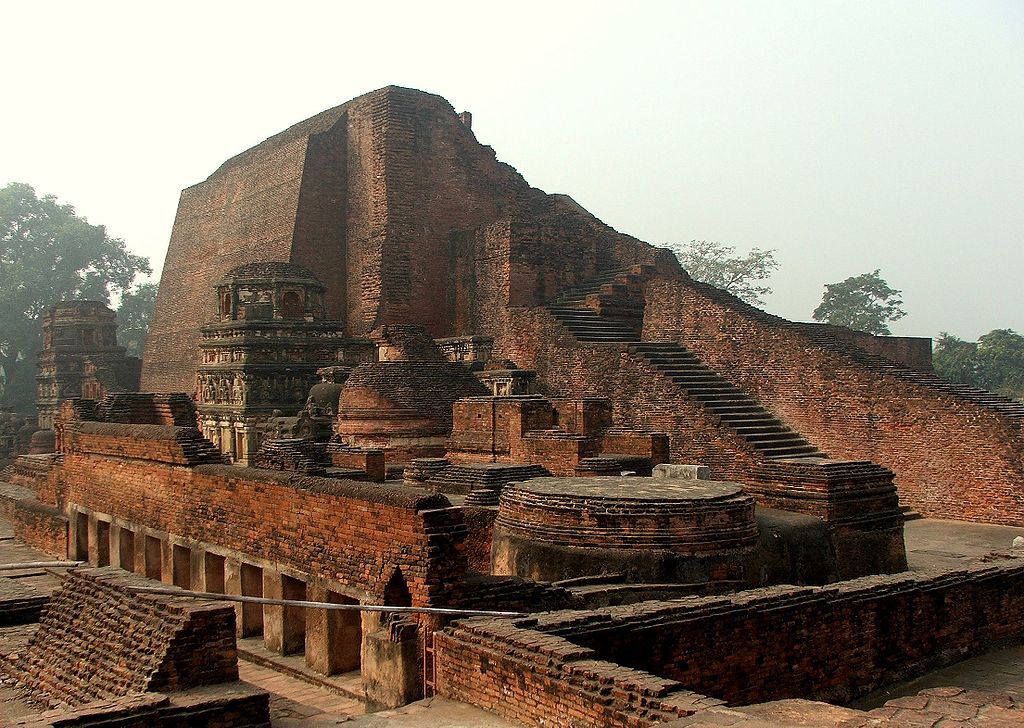The concepts covered in this sheet go beyond those seen in secondary school. It is intended as a supplement for those who are curious to find out more.
In the 3rd century, a group of people settled on the banks of a long Indian river, the Ganges. These people were known as the Gupta. Under the Gupta Empire, India experienced an economic, cultural and scientific boom lasting more than a hundred years, without experiencing any major armed conflicts. Gradually, the community spread throughout northern India between the Indus and Ganges rivers.

The Ganges
The name Gupta is simply the ending of the family name of the emperors who succeeded one another in India from the 3rd century onwards. Indian emperors are known as mahârâjâ.
The first mahârâjâ was a ruthless warlord called Chandragupta. He came to power by force and controlled the entire Ganges valley. Later, his son Samudragupta succeeded him and became the most powerful mahârâjâ India has ever known.
Samudragupta loved his commoners, and was the complete opposite of his father, who seemed harsh and merciless. Samudragupta wanted to be a good and just emperor. He took an interest in people's daily lives, their difficulties and so on. The commoners responded well to him, and the Gupta emperor had no difficulty in gathering men to form a large army and conquer, region by region, the whole of northern India.

Gupta Empire
When Samudragupta conquered a new territory, he did not systematically destroy the region: he offered the king the chance to submit to his authority and join the Gupta Empire. The regions thus became provinces of the Empire. The mahârâjâ allowed the inhabitants of each province to continue to live according to their respective customs and beliefs. Samudragupta was lenient with his commoners, and only those on royal lands paid an income tax on their harvests. Although the population was very large, there was no official count.

Samudragupta
The mahârâjâ was, of course, the supreme leader and ruled his commoners unchallenged. However, he understood that good social organisation was a guarantee of prosperity. He therefore enlisted the help of a prime minister, whom he appointed to organise the administration. The prime minister had under his command half a dozen imperial officers. These officers, or princes of royal blood, each governed a province of the Empire. Each province was in turn subdivided into districts, managed by commissioners. The mahârâjâ delegated some of his administrative powers, in other words, he allowed his provinces a great deal of autonomy, rather like a government today that allows the mayor of a city the freedom to manage the running of the city's districts.

Administration under the Guptas
The script used under the Gupta Empire was created in the 4th century and was inspired by Sanskrit, a script used in India for teaching and in religion as a language of worship. Sanskrit belongs to the family of Indo-European languages, as its script is similar to Persian and Latin. Only priests and educated people knew how to write it. However, the language was transmitted orally from one generation to the next: it was sung and memorised in sacramental texts.
The Gupta script is drawn like our Latin script, i.e. from left to right and horizontally. This script lasted until the 10th century.
By unifying India, the Gupta dynasty encouraged cultural and commercial exchanges between the regions. These commoners were renowned for their great clemency, their pacifism and their mastery of the arts.
This long period of peace in India, spanning more than a hundred years (between the 4th and 6th centuries AD), encouraged scientific advances, among other things: the Guptas invented decimal numbers, they invented a mathematical system based on zero, and they succeeded in finding a method of extracting sugar from cane, among other things. Their great curiosity and openness to other civilisations enabled them to adopt the ideas and discoveries of different commoners or the civilisations of the Greeks, Egyptians and Romans.
On the other hand, these scientific discoveries and new ways of proceeding clashed with the traditionalism advocated by the Indian priests (the Brahmins). They believed that the truth came strictly from the sacred texts.
The art of the Gupta Empire differs from that of other civilisations in the gentleness and serenity of its figures. Sculptures, statuettes and paintings are usually highly detailed, with shapes emphasised and highlighted. Gupta art reflects the gentleness and tolerance of its commoners.
During this period, Gupta art pushed back the frontiers of refinement and detail, whether in literature, sculpture or theatre. Ujjain was one of the cities that contributed to the rise of art and cultural development in India. Ujjain is one of the seven sacramental cities of Hinduism. The Gupta era saw three major religions living side by side: Hinduism, Jainism and Buddhism.
Hinduism is one of the world's oldest religions. It originated in northern India and is thought to have begun around 2500 BC. Hinduism is more a way of living and thinking than a religion in which there is a relationship between man and the divine.
Despite being well-prepared to deal with foreign peoples attempting to invade northern India (such as the Huns), the Gupta Empire found it difficult to contain and defend all its provinces. In the 5th century, the Empire was decimated by the growing number and scale of revolts in the provinces. One by one, the provinces declared their independence. In 475, the Huns (people from northern Central Asia) invaded India and put a definitive end to the Gupta Empire.
The development of knowledge was important in the Gupta Empire. The University of Nālandā was founded in the 5th century. It was attended by more than 10,000 students until the 12th century. It taught Buddhism and Hinduism, as well as the sciences (chemistry, physics, medicine and astronomy). People from all over Asia came here to study.
This imposing poem is over 2,000 years old and recounts the origins of the world. It also contains all the values of the Hindu world. Considered to be the greatest poem ever written, it is one of the founding poems of Hinduism.
